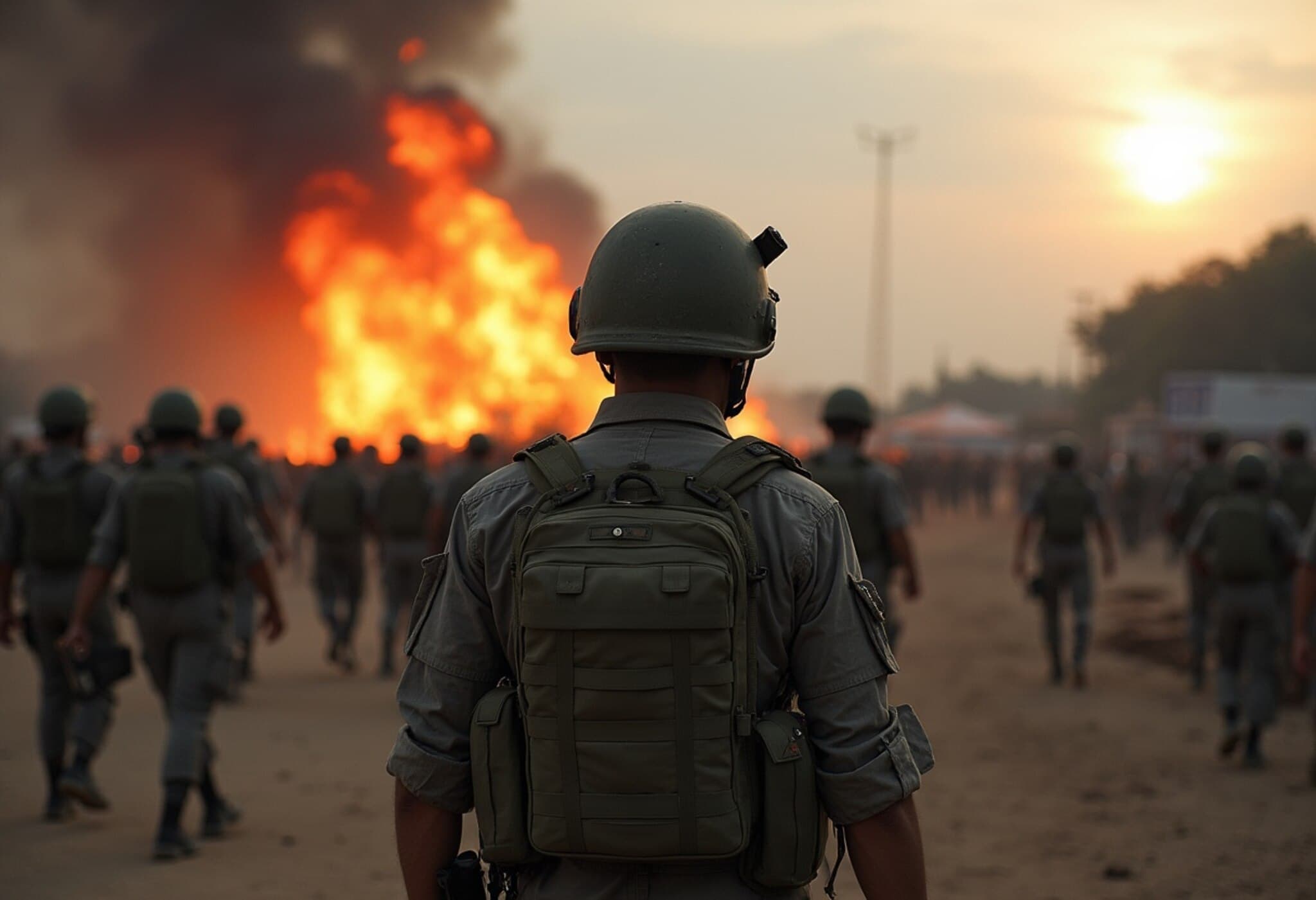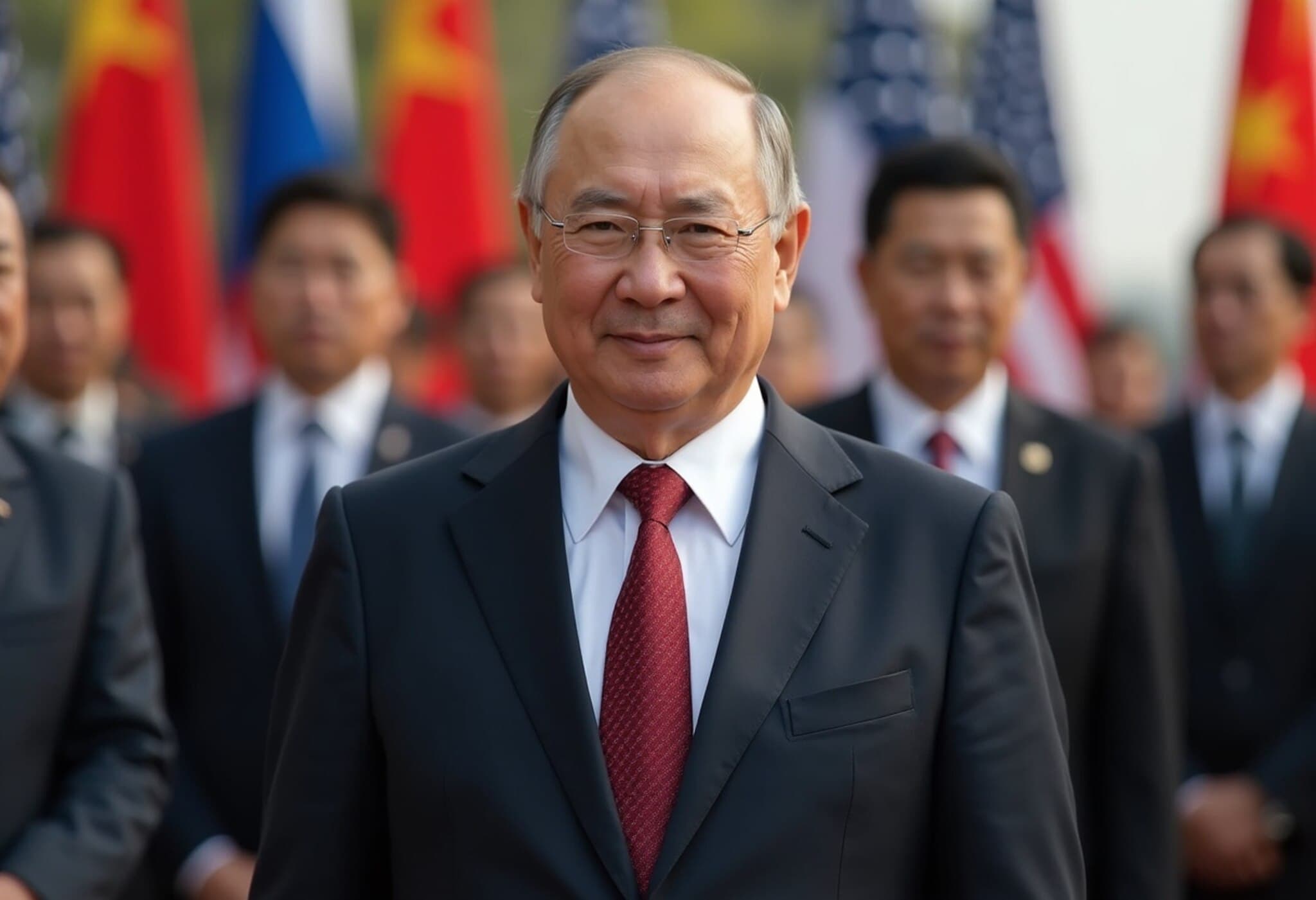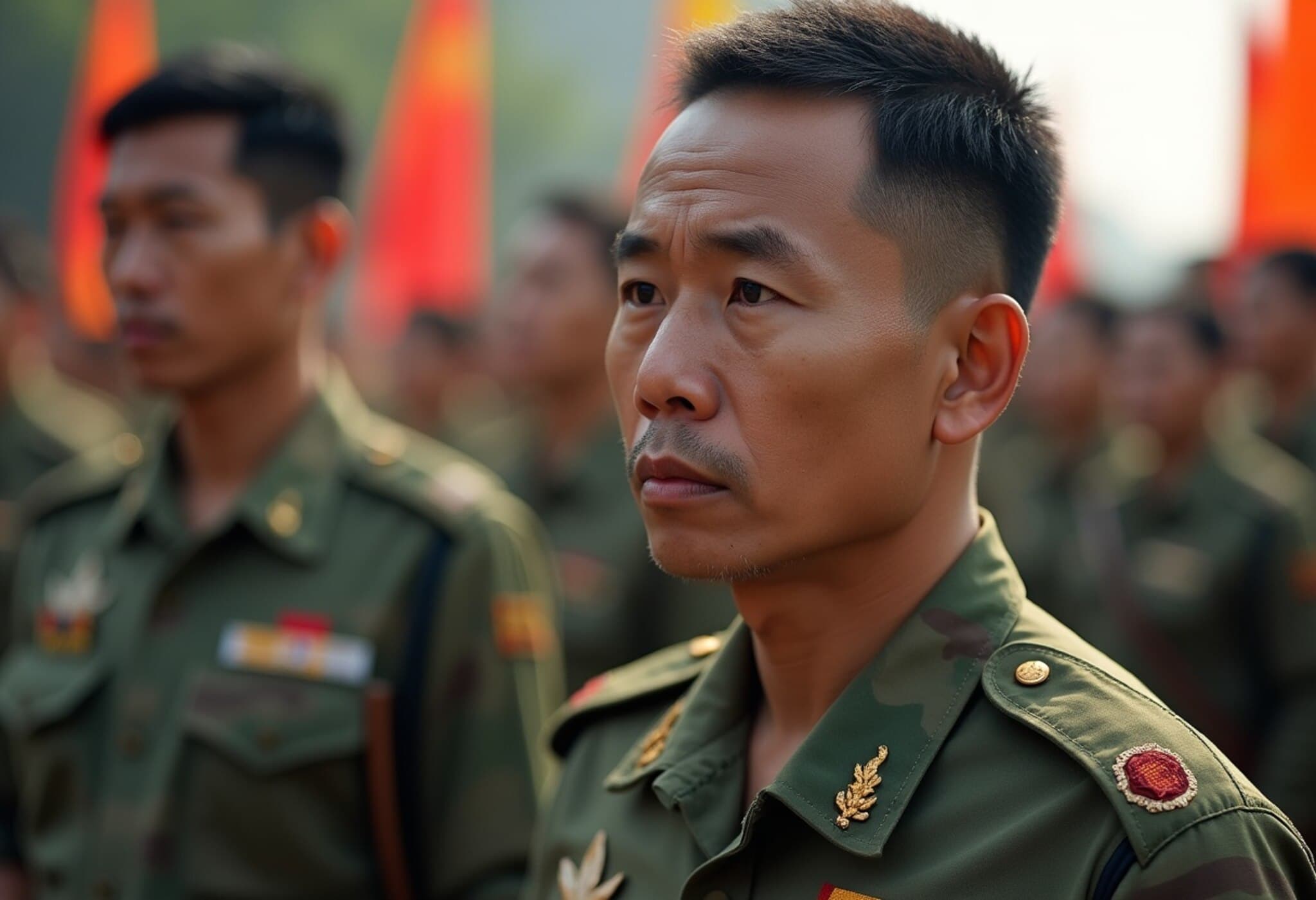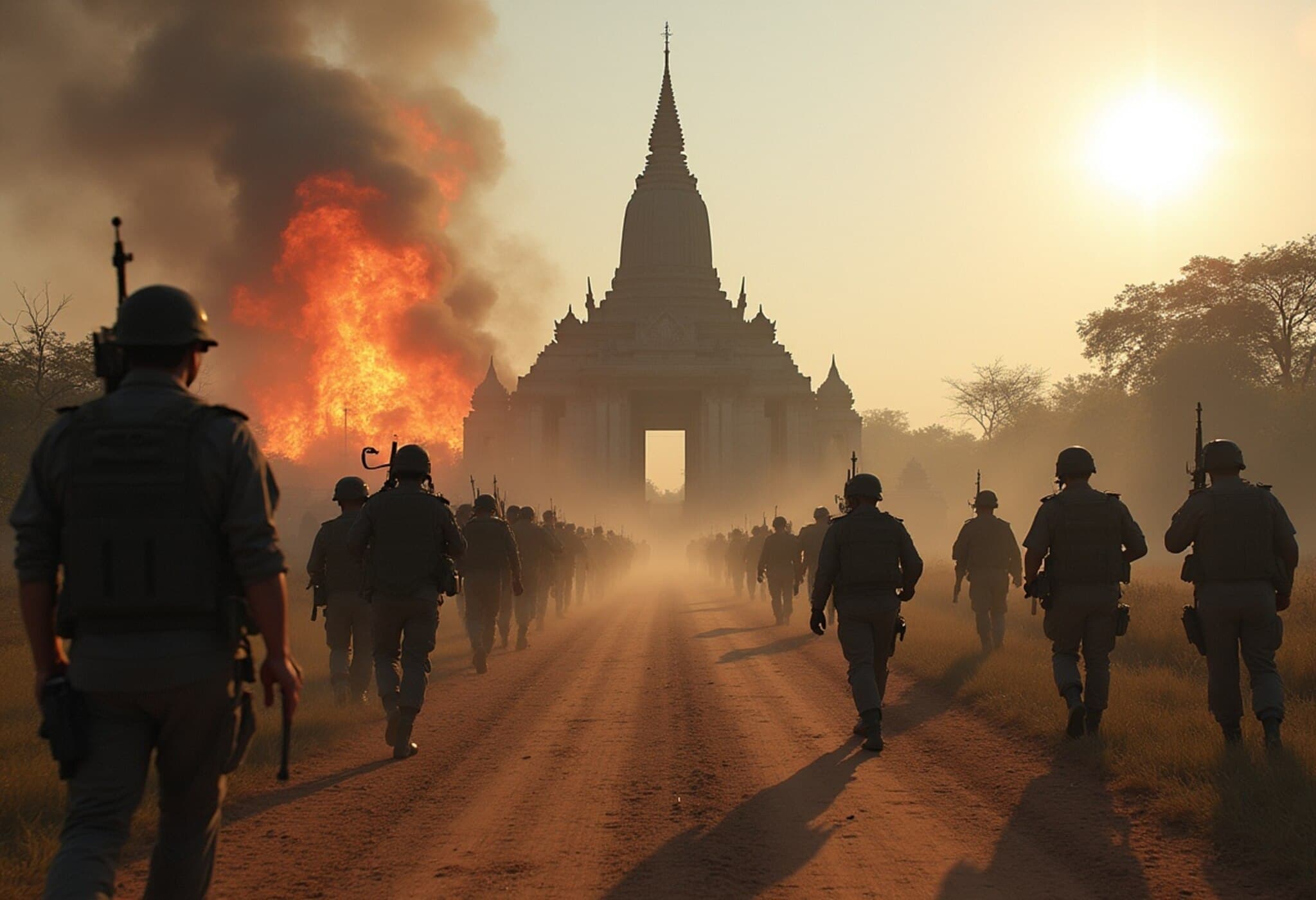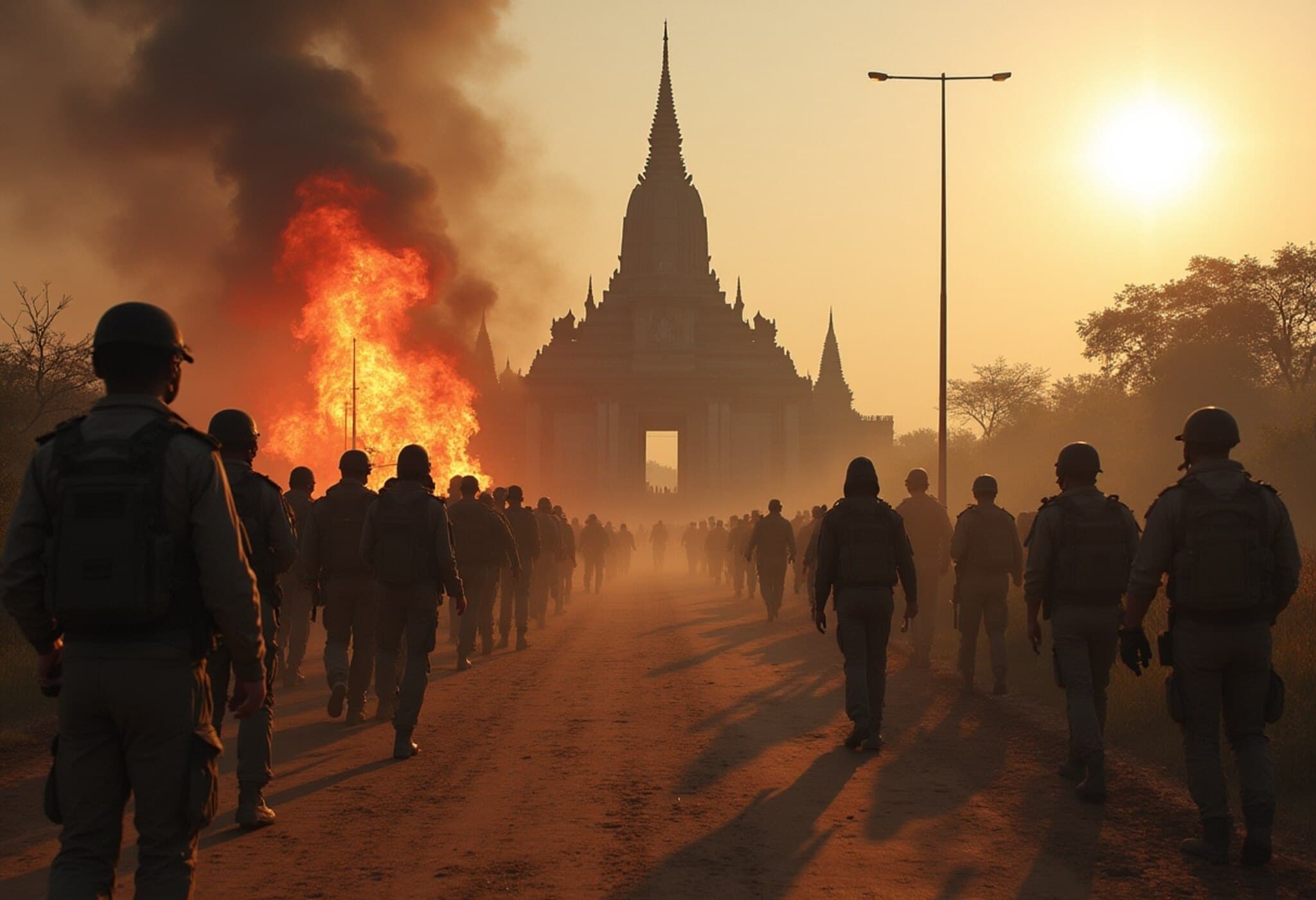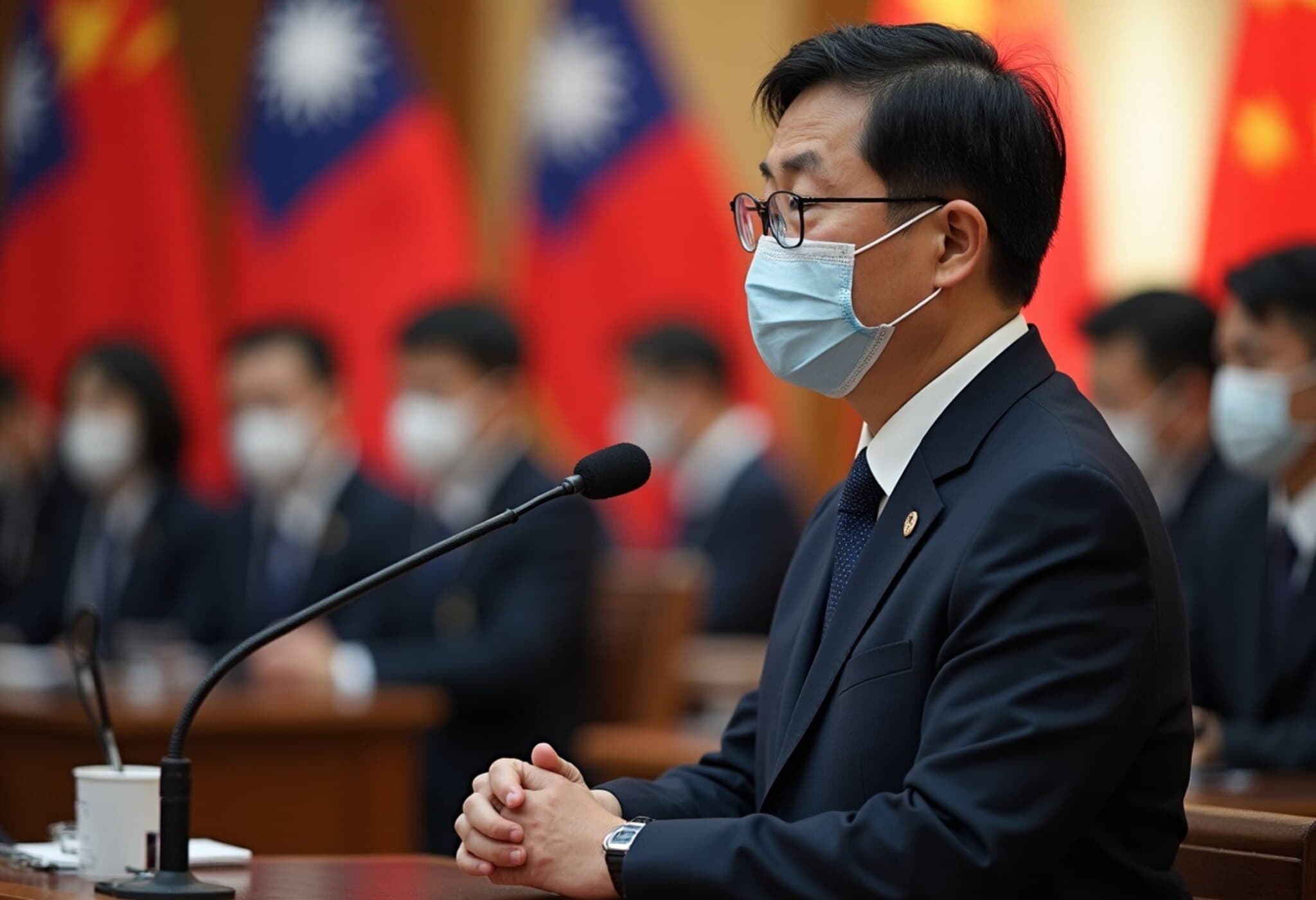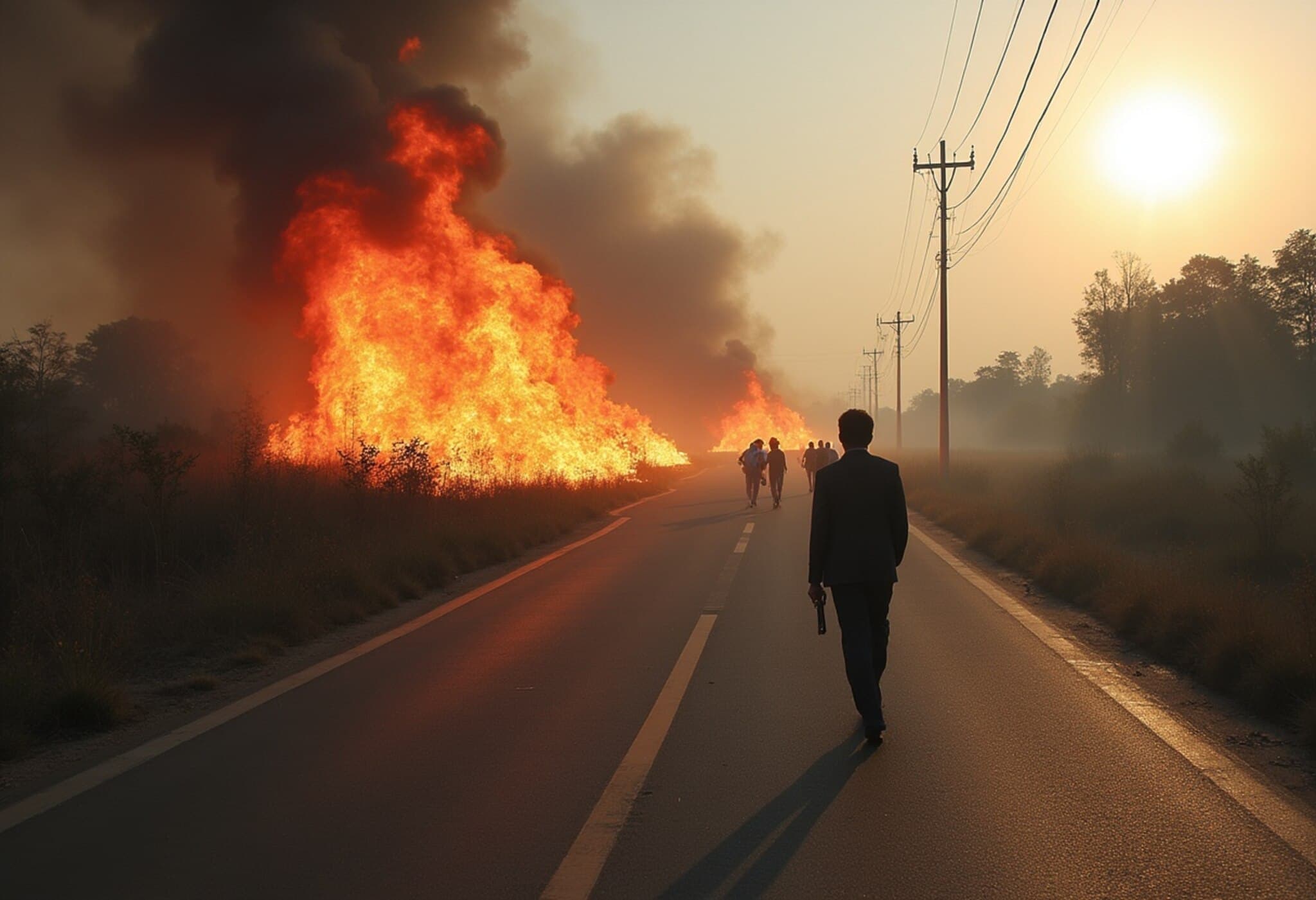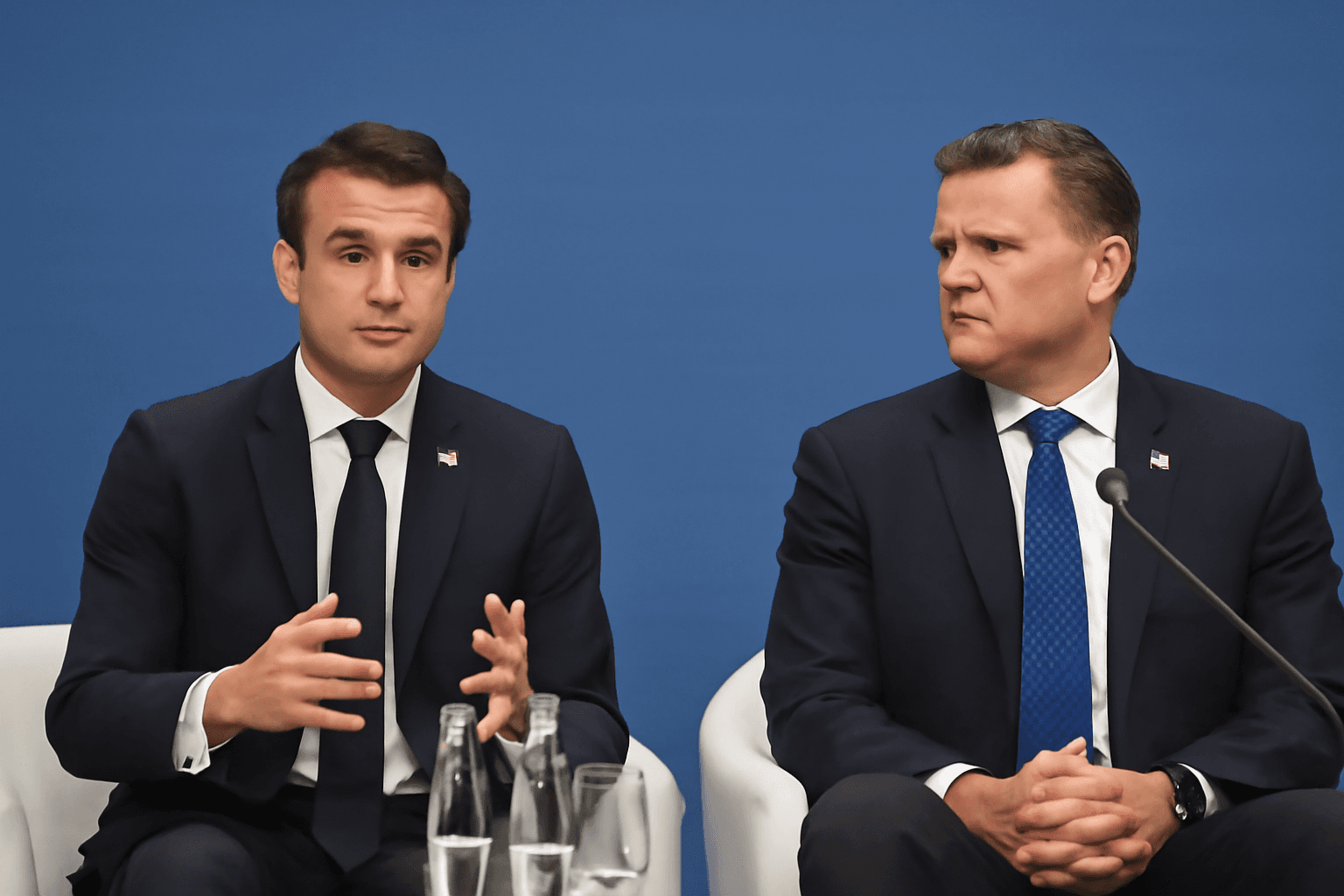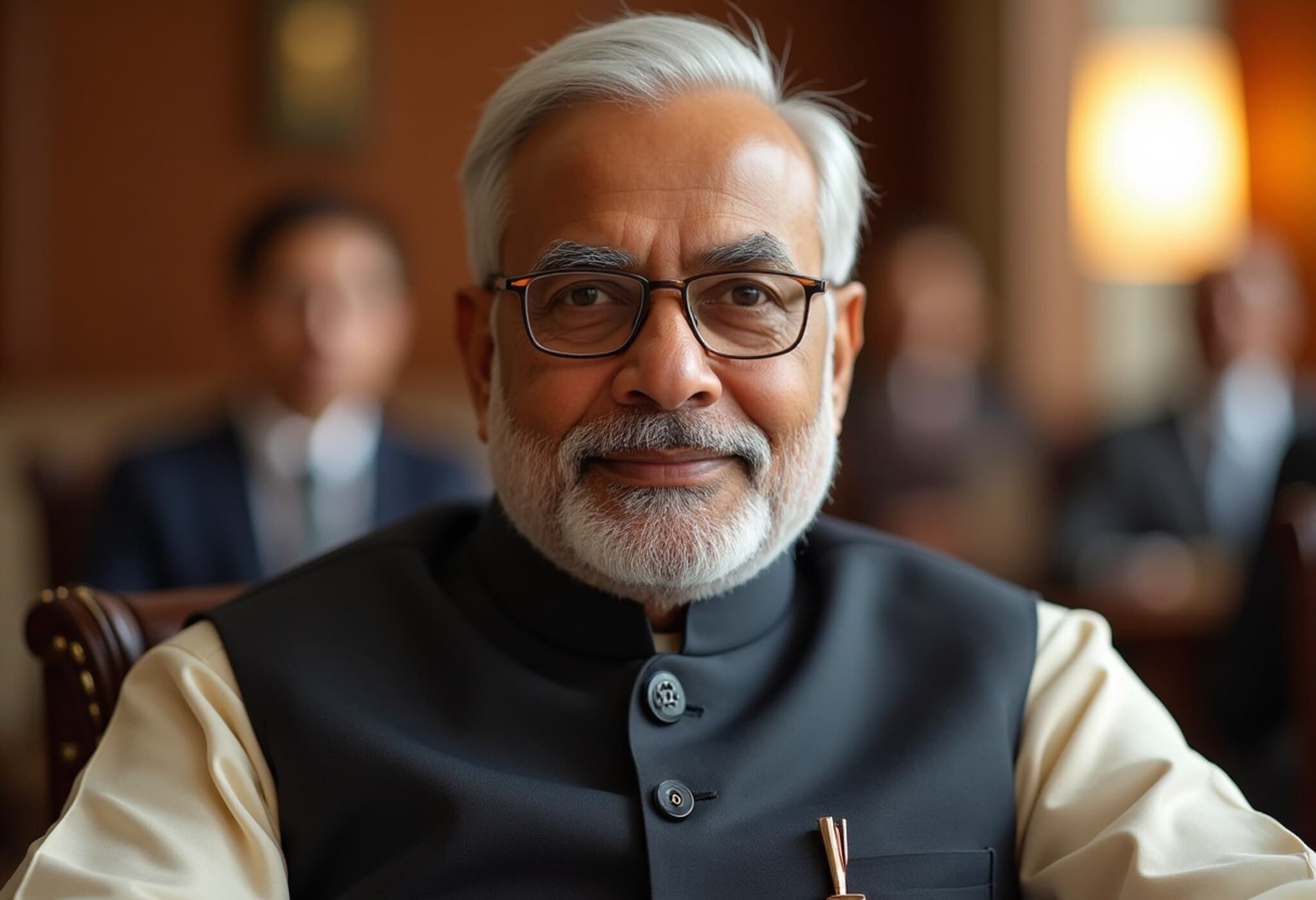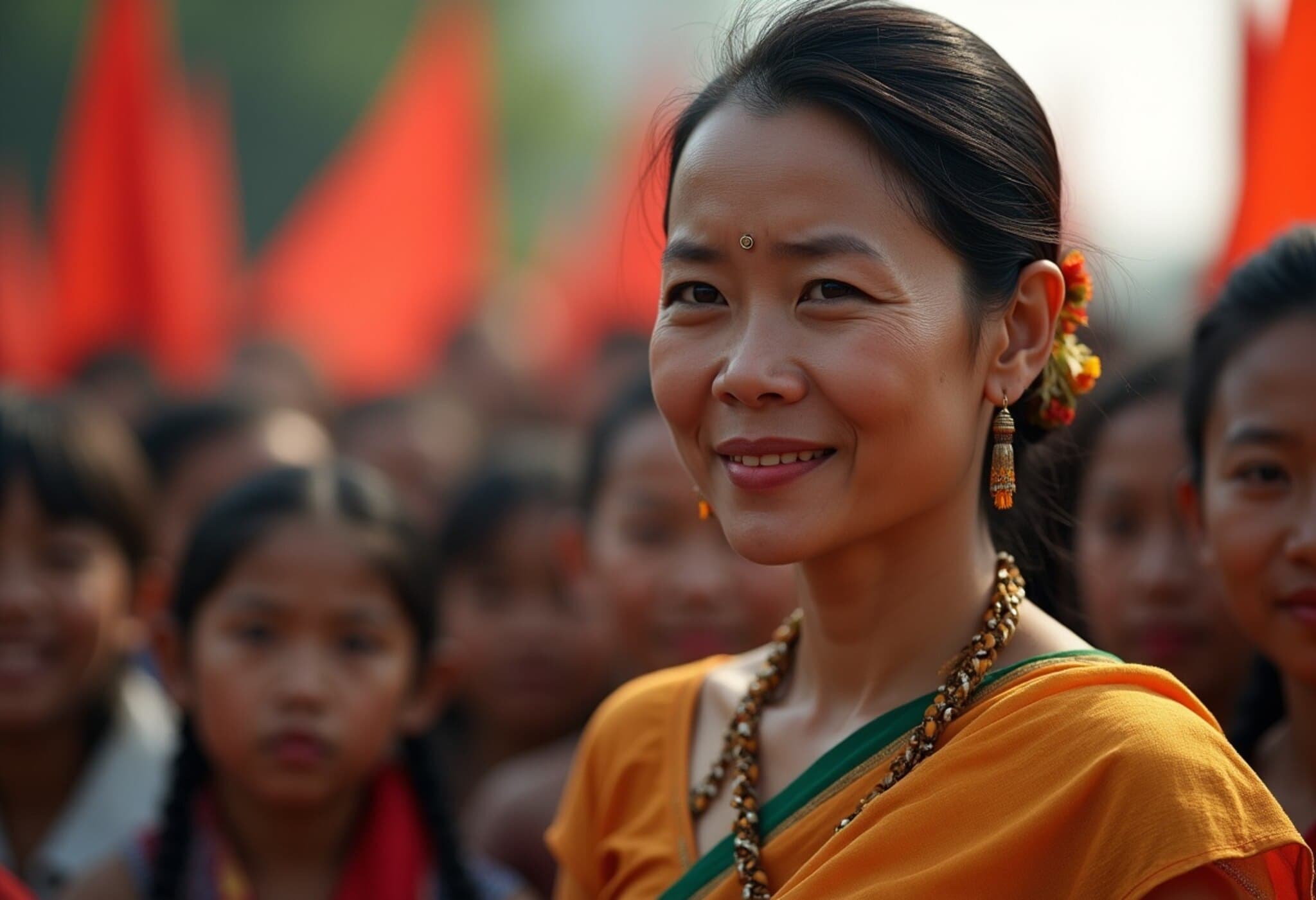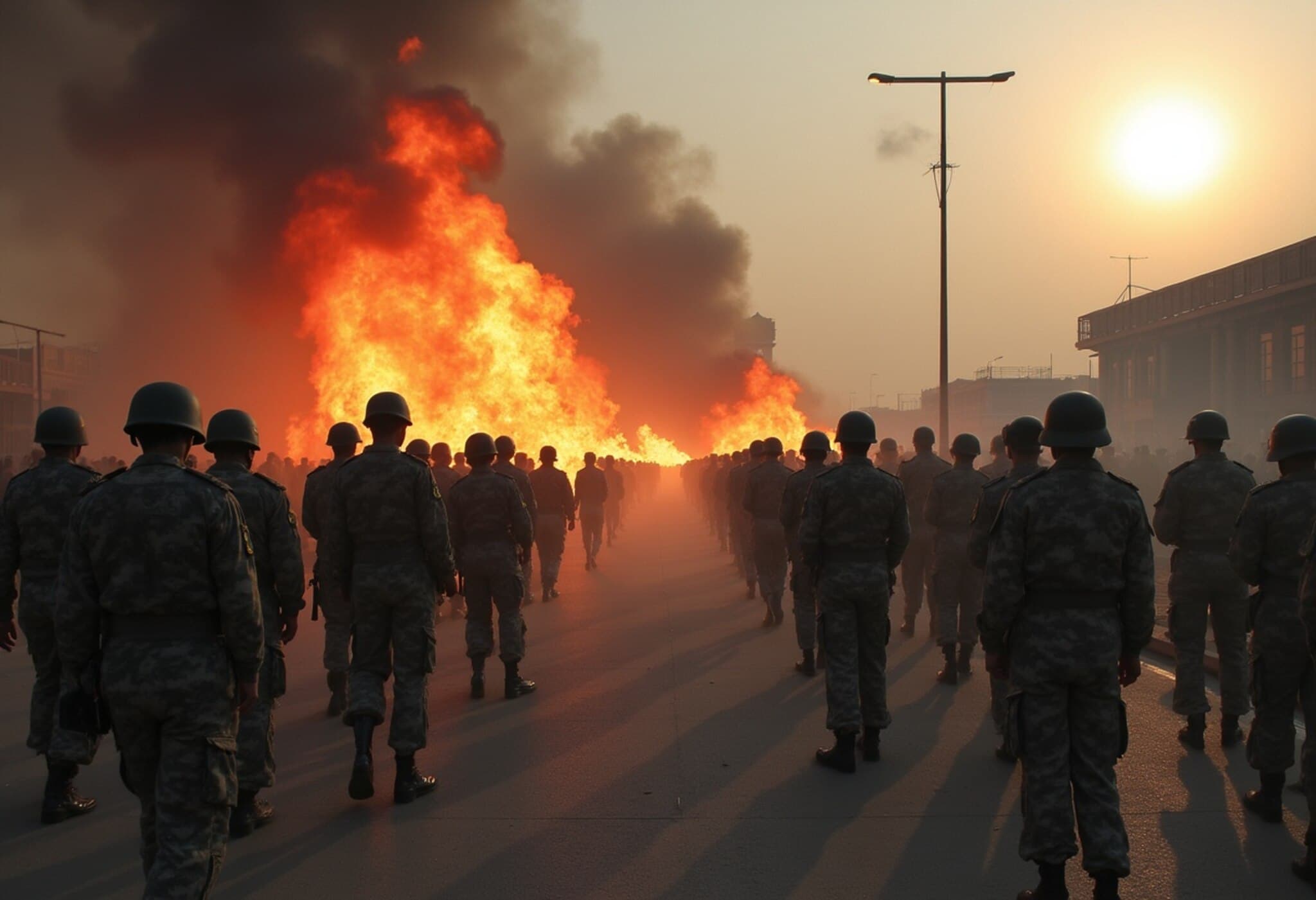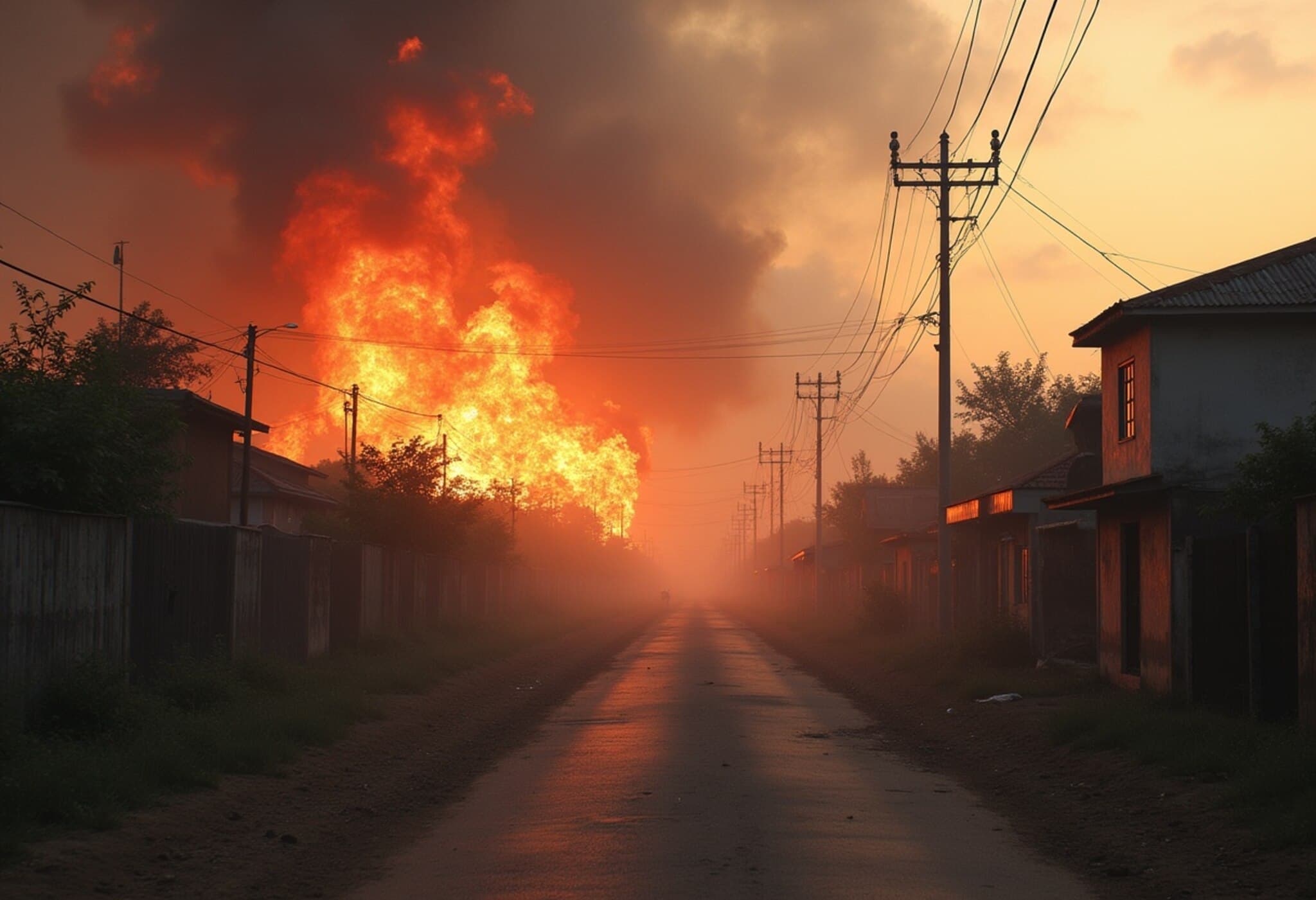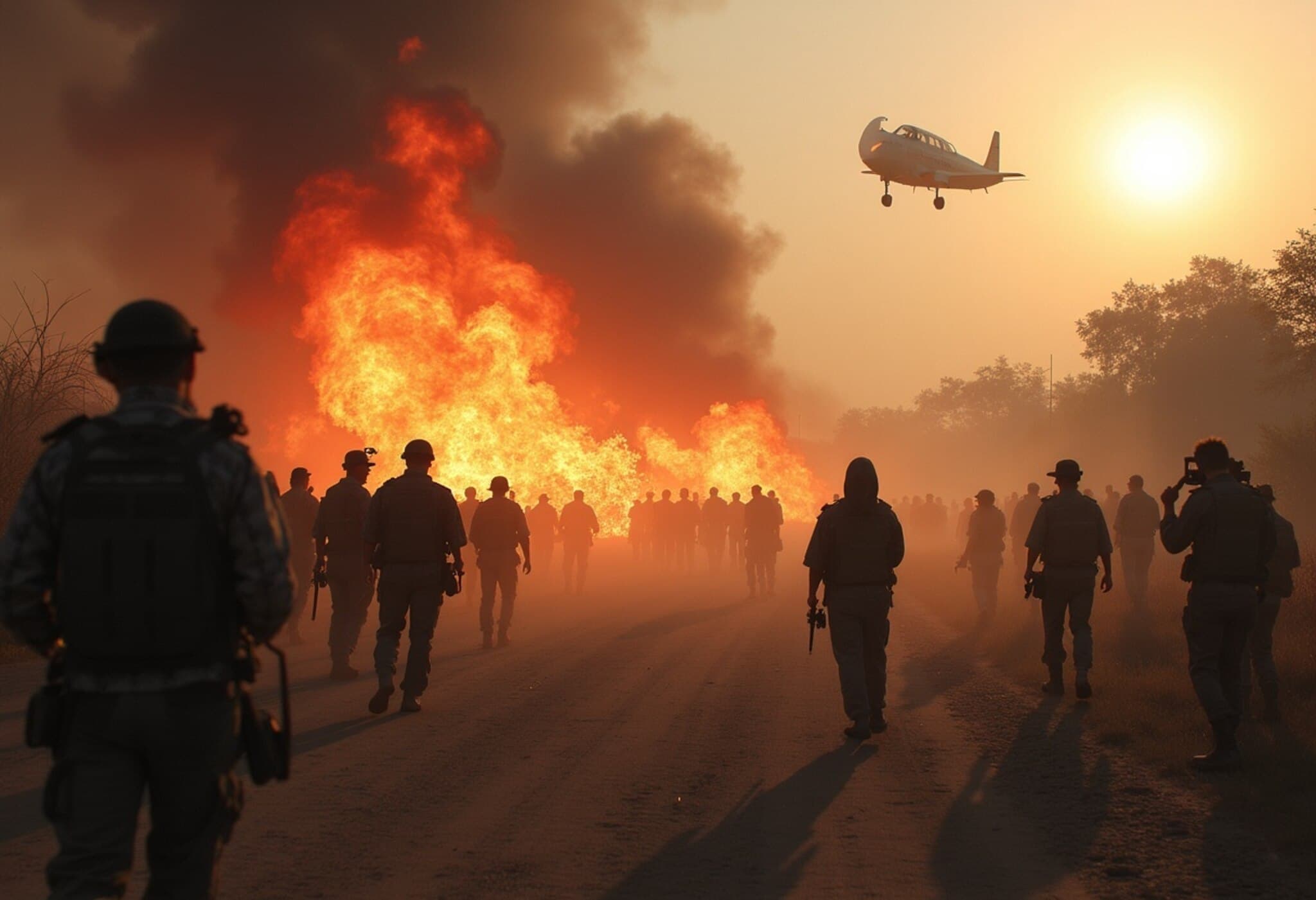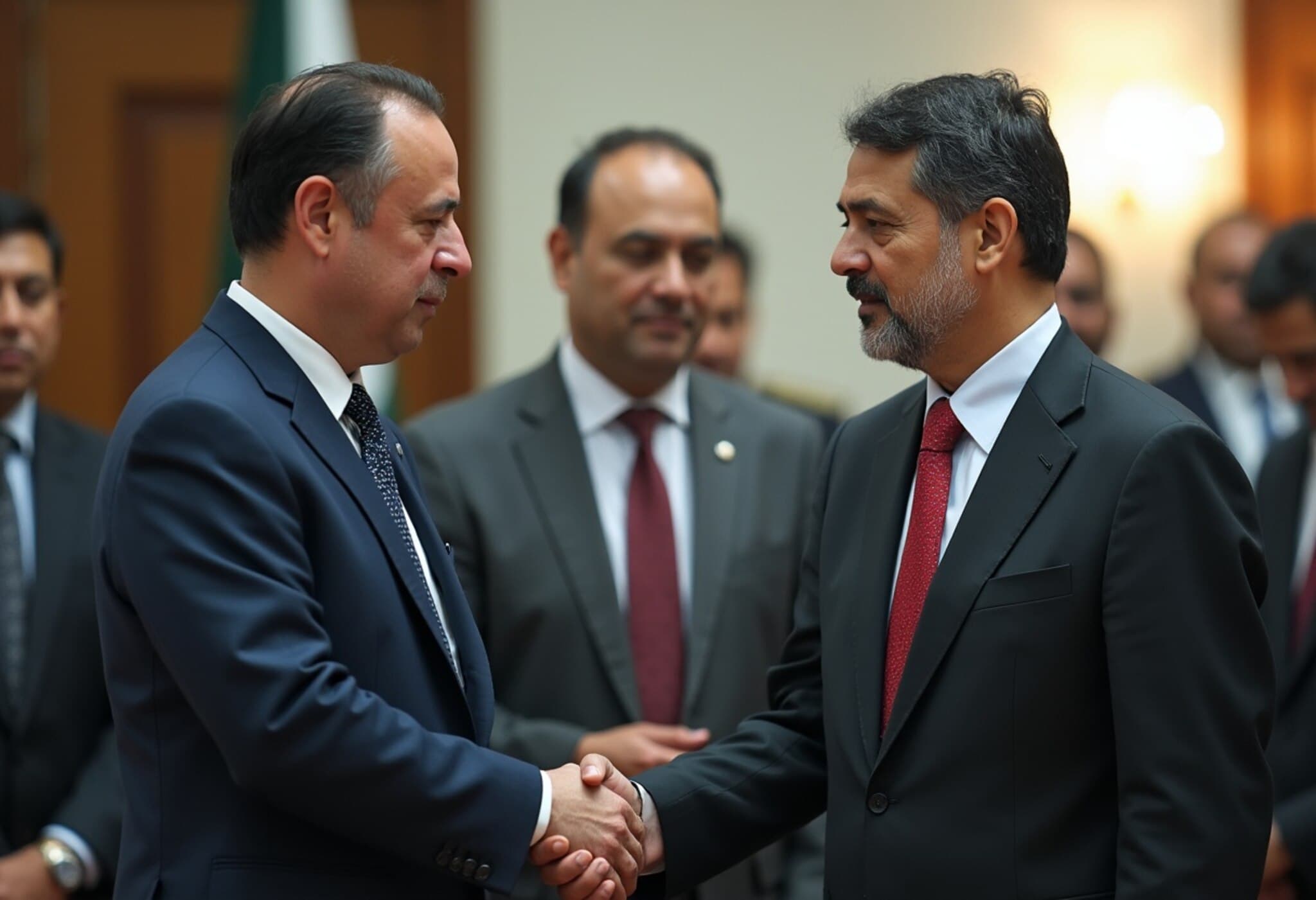Deadly Clashes Erupt on Thailand-Cambodia Border
The long-simmering border dispute between Thailand and Cambodia escalated dramatically on July 24, 2025, resulting in the tragic loss of at least 14 lives, including 13 civilians and one Thai soldier. The violence, involving artillery shelling and airstrikes, has sent shockwaves through the region and heightened fears of a broader conflict.
Casualties and Damage
According to Thai authorities, Cambodian forces launched a series of artillery strikes targeting multiple provinces along the border, including a hospital in Surin province. The assault injured dozens of people—14 Thai soldiers and 32 civilians were reported hurt. Among the civilian casualties was an eight-year-old boy, underscoring the human toll on local communities caught in the crossfire.
A Thai military spokesperson confirmed that civilian deaths occurred across three provinces, while Cambodian attacks were reported in six border provinces. The shelling and subsequent airstrike by Thailand represent the deadliest bout of violence in years and mark a severe deterioration of bilateral relations.
Diplomatic Fallout: Expulsions and Downgrades
The immediate aftermath saw swift diplomatic actions: Thailand expelled Cambodia's ambassador and recalled its own envoy. Cambodia responded by downgrading diplomatic ties to the “lowest level,” pulling out almost all its diplomats from Bangkok and expelling Thai diplomats from Phnom Penh. These moves underline the gravity of the crisis and the struggle for sovereignty and territorial integrity both sides claim.
The clashes were reportedly triggered by an incident in which five Thai soldiers were wounded by a landmine, intensifying military responses on both sides. Each government accuses the other of provoking hostilities. Thailand condemned Cambodia’s actions as “inhumane, brutal and war-hungry,” while Cambodia labeled Thailand’s counterattacks as “reckless and brutal military aggression.”
Regional and Global Reactions
The conflict has alarmed neighboring countries and international observers. Malaysia’s Prime Minister Anwar Ibrahim, currently chairing ASEAN (Association of Southeast Asian Nations), called for urgent de-escalation and dialogue, emphasizing the risk that ongoing violence poses to regional stability.
China, a significant player in Southeast Asian geopolitics, also issued a cautionary advisory for its citizens residing in Cambodia. Foreign Ministry spokesman Guo Jiakun expressed hope for a peaceful resolution through diplomatic consultations, reflecting Beijing’s interest in maintaining stability in one of its key strategic neighborhoods.
Context and Insights: Why This Matters
The Thailand-Cambodia border dispute has a fraught history, famously involving the ancient Preah Vihear temple area, which both sides claim. While armed clashes remain sporadic, they carry deep historical, ethnic, and political wounds. This latest deadly incident raises critical questions about the effectiveness of ASEAN’s conflict mediation mechanisms and the broader international community’s role in managing territorial disputes peacefully.
- Human impact: The deaths of civilians, including children, reveal the urgent need for humanitarian access and protective measures in conflict zones.
- Economic consequences: Border instability disrupts cross-border trade and local livelihoods, with long-term costs for economic growth in regions caught between military confrontations.
- Diplomatic vacuum: The diplomatic expulsions risk hardening positions and reducing channels for communication essential to conflict resolution.
Experts note that rising nationalism and political pressures in both countries exacerbate tensions, complicating prospects for a negotiated settlement. Moreover, the involvement of outside powers such as China underscores the broader geopolitical stakes, connecting local disputes to global strategic competition.
Looking Ahead: Monitoring a Tense Region
The international community’s challenge will be to support constructive dialogue that addresses core sovereignty issues without escalating militarization. Observers warn that failure to contain this flare-up could destabilize the broader Mekong region and undermine ASEAN’s reputation as a platform for peaceful regional cooperation.
For Thailand and Cambodia, the path forward must prioritize the protection of civilians, restoration of diplomatic ties, and renewed commitment to dispute resolution. In the shadow of history and national pride, this volatile border demands careful diplomacy to avoid further loss of life and ensure lasting peace.
Editor’s Note
This incident highlights the fragile peace that can quickly unravel in contested border regions where historical grievances intersect with modern political dynamics. As governments engage in blame and retaliation, the voices of those most affected—ordinary civilians—often go unheard. The international community, especially regional actors within ASEAN, must ask: How can we transform these cycles of hostility into pathways for reconciliation? What mechanisms can better protect civilian lives and ensure that diplomatic channels remain open even in moments of crisis? This clash serves as both a warning and an opportunity to reinforce peaceful coexistence in Southeast Asia.

